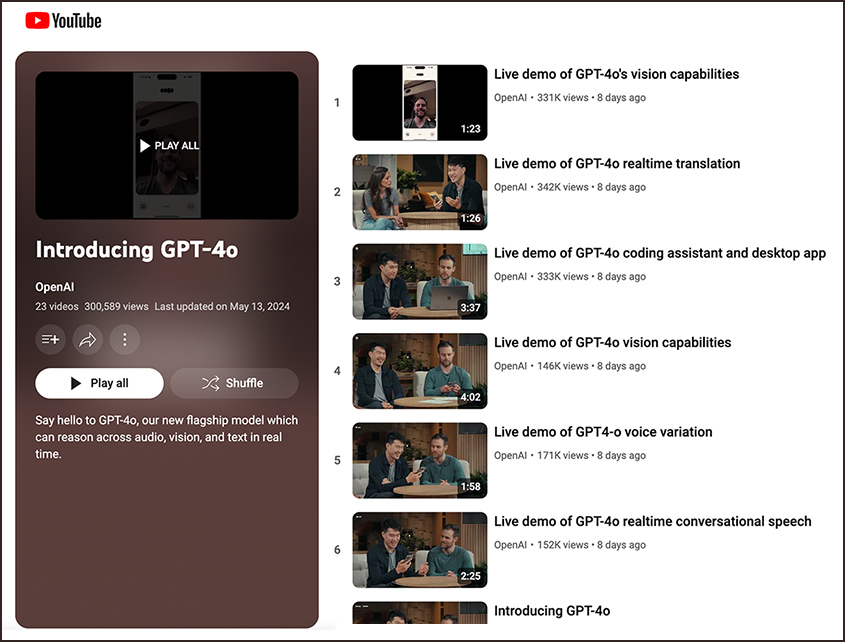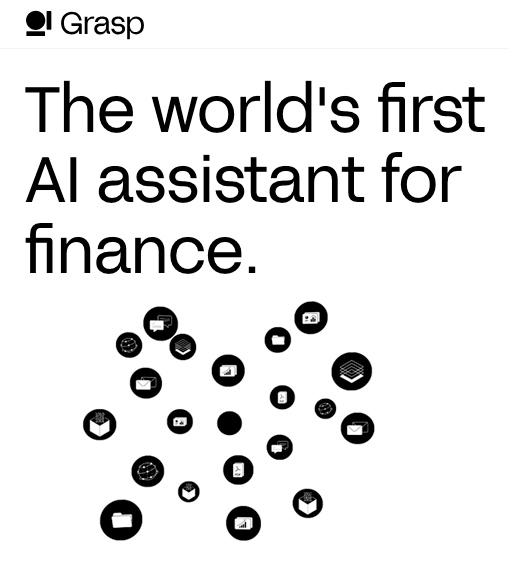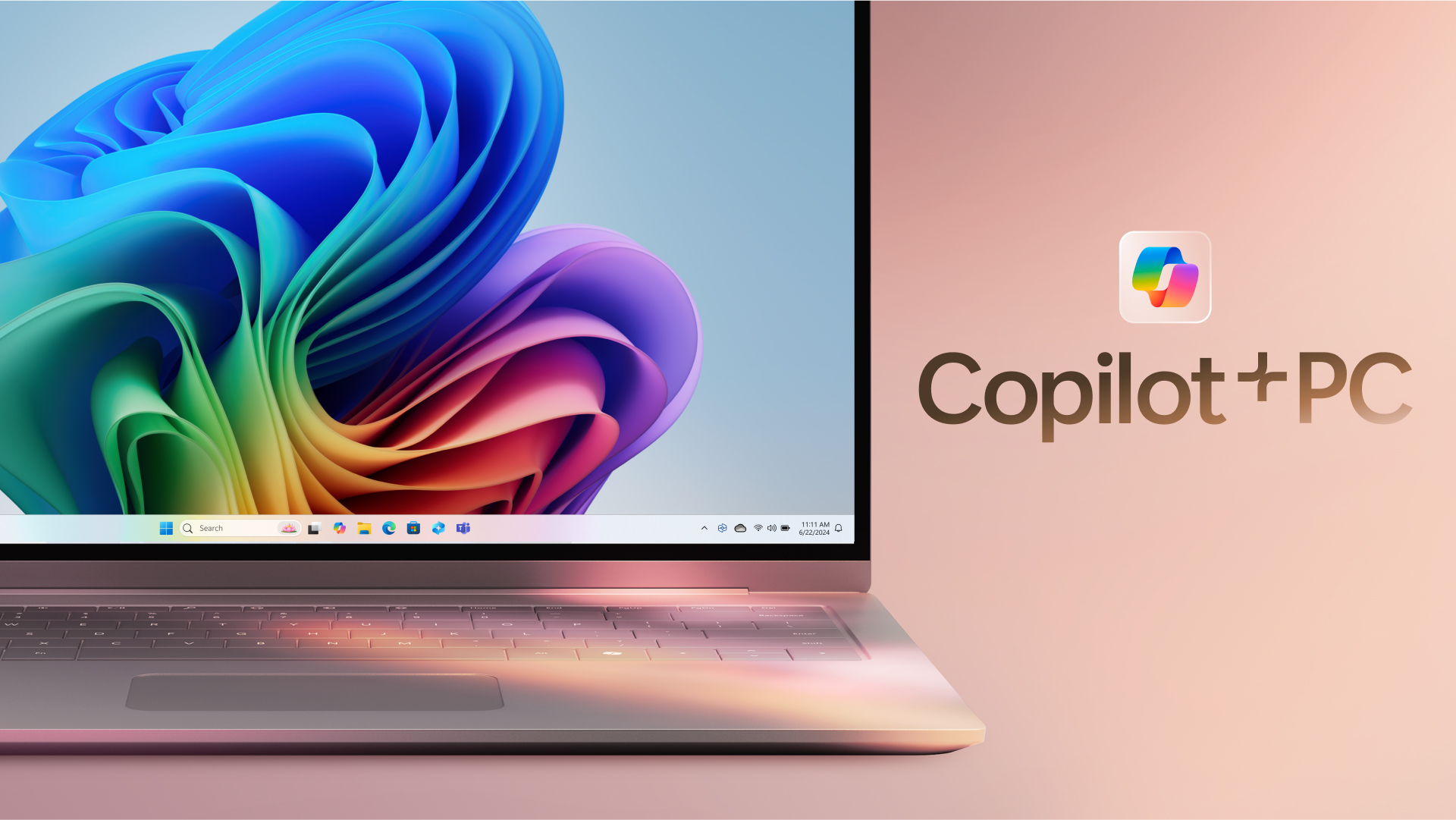Per OpenAI:
“Say hello to GPT-4o, our new flagship model which can reason across audio, vision, and text in real time.”
“Frameless” art museum in London where art truly comes to life pic.twitter.com/O4bP2NUE1K
— Historic Vids (@historyinmemes) May 17, 2024
Landscapes Radiate Light and Drama in Erin Hanson’s Vibrant Oil Paintings — from thisiscolossal.com by Kate Mothes and Erin Hanson
Are Colleges Ready For an Online-Education World Without OPMs? — from edsurge.com by Robert Ubell (Columnist)
Online Program Management companies have helped hundreds of colleges build online degree programs, but the sector is showing signs of strain.
For more than 15 years, a group of companies known as Online Program Management providers, or OPMs, have been helping colleges build online degree programs. And most of them have relied on an unusual arrangement — where the companies put up the financial backing to help colleges launch programs in exchange for a large portion of tuition revenue.
…
As a longtime administrator of online programs at colleges, I have mixed feelings about the idea of shutting down the model. And the question boils down to this: Are colleges ready for a world without OPMs?
Guy Raz on Podcasts and Passion: Audio’s Ability to Spark Learning — from michaelbhorn.substack.com by Michael B. Horn
This conversation went in a bunch of unexpected directions. And that’s what’s so fun about it. After all, podcasting is all about bringing audio back and turning learning into leisure. And the question Guy and his partner Mindy Thomas asked a while back was: Why not bring kids in on the fun? Guy shared how his studio, Tinkercast, is leveraging the medium to inspire and educate the next generation of problem solvers.
We discussed the power of audio to capture curiosities and foster imagination, how Tinkercast is doing that in and out of the classroom, and how it can help re-engage students in building needed skills at a critical time. Enjoy!
NEW: Is this America’s next big middle-class job?
28,000 more “technicians” will soon be needed to run giant machines that make tiny semiconductor chips used in phones, cars, missiles, etc.
Pay starts at ~$25/hr@kairyssdal @MHollenhorst & I went to Phoenix to see this “chips… pic.twitter.com/dFvVpttSJ9
— Heather Long (@byHeatherLong) April 30, 2024
April 2024 Job Cuts Announced by US-Based Companies Fall; More Cuts Attributed to TX DEI Law, AI in April — from challengergray.com
Excerpt (emphasis DSC):
Education
Companies in the Education industry, which includes schools and universities, cut the second-most jobs last month with 8,092 for a total of 17,892. That is a 635% increase from the 2,435 cuts announced during the first four months of 2023.
“April is typically the time school districts are hiring and setting budgets for the next fiscal year. Certainly, there are budgetary constraints, as labor costs rise, but school systems also have a retention and recruitment issue,” said Challenger.
Lifetime college returns differ significantly by major, research finds — from highereddive.com by Lilah Burke
Engineering and computer science showed the best return out of 10 fields of study that were examined.
Dive Brief:
- The lifetime rate of return for a college education differs significantly by major, but it also varies by a student’s gender and race or ethnicity, according to new peer-reviewed research published in the American Educational Research Journal.
- A bachelor’s degree in general provides a roughly 9% rate of return for men, and nearly 10% for women, researchers concluded. The majors with the best returns were computer science and engineering.
- Black, Hispanic and Asian college graduates had slightly higher rates of return than their White counterparts, the study found.
The Making of the Access to Justice (A2J) Crisis — from by Nora Freeman Engstrom & David Freeman Engstrom
After decades of neglect, access to justice has roared onto legal and political radars, fueled by a growing realization—first among lawyers but increasingly among the wider American public—that the civil justice system is in crisis. In roughly three-quarters of the 20 million civil cases filed in state courts each year, one side lacks a lawyer—a dynamic that poses a direct challenge to the system’s adversarial core.1 And these are the cases and litigants we can see. Beneath them lies a larger but hidden crisis. It consists of tens of millions more Americans who face genuine legal problems but take no formal legal action to protect their interests.2 As this double-layered calamity has come into focus, state supreme courts, bar associations, and even the crusty American Law Institute are taking note.3
These institutional plaintiffs have built business models around high-volume litigation practices, in large part by leveraging “legal tech,” from e-filing to AI. Yet the legal tech that serves individual Americans on the other side of the “v” remains clunky and limited. The result is a lopsided litigation landscape that’s wreaking havoc on litigants and courts alike.















